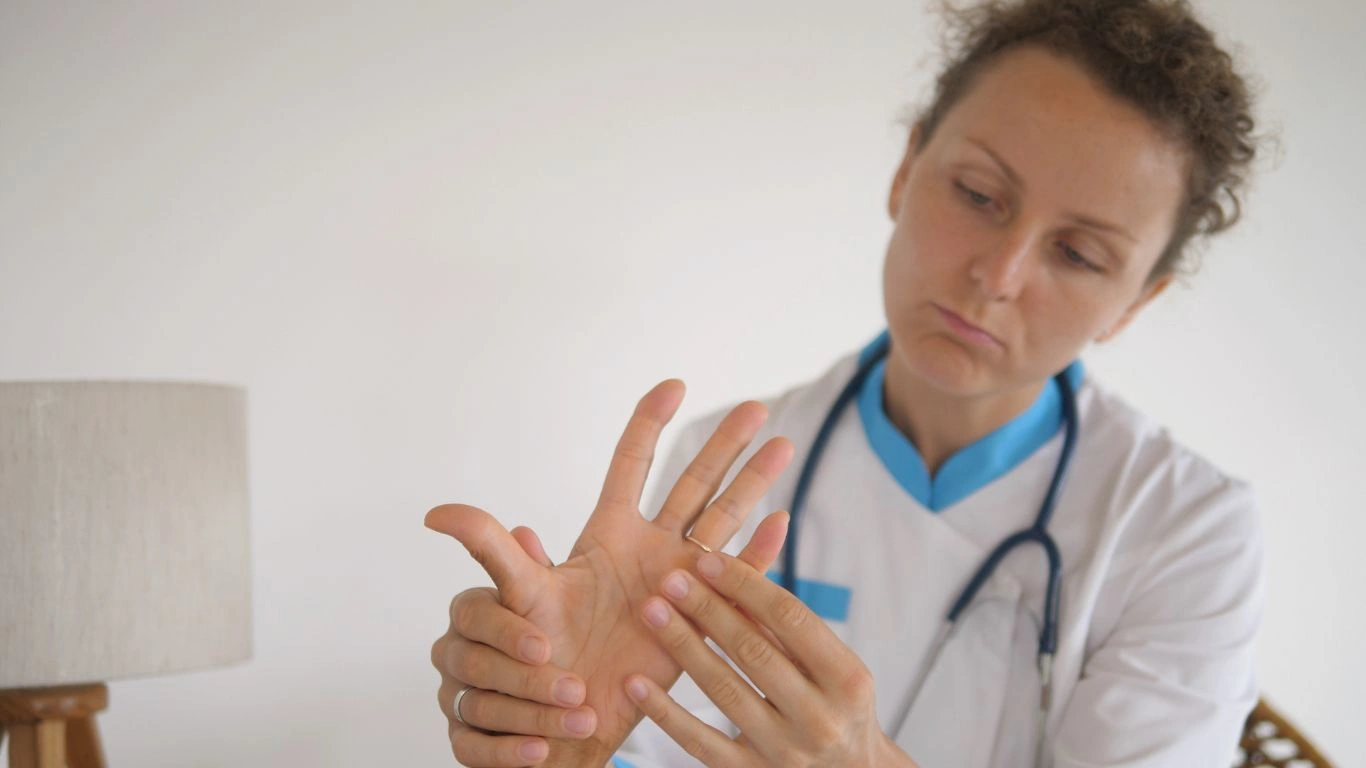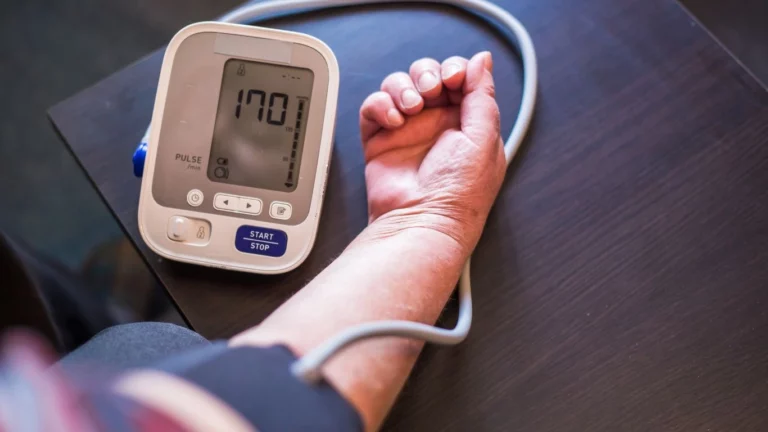Best Mobility Aids for Rheumatoid Arthritis: Top Picks for Pain Relief
Living with rheumatoid arthritis comes with a lot of daily challenges — trust me, I’ve seen it up close through my years as a Rheumatology Nurse Practitioner. One thing I’ve learned is that the right tools can truly make a world of difference. So today, let’s talk about rheumatoid arthritis and best mobility aids for daily life. From canes that feel like a natural extension of your body, to clever little gadgets that save your hands from unnecessary strain, there’s so much available now that wasn’t even a thing when I first started practicing. I want to walk you through the real game-changers I’ve seen patients thrive with — and sprinkle in a few of my personal favorites too!
Understanding Rheumatoid Arthritis and How It Affects Mobility
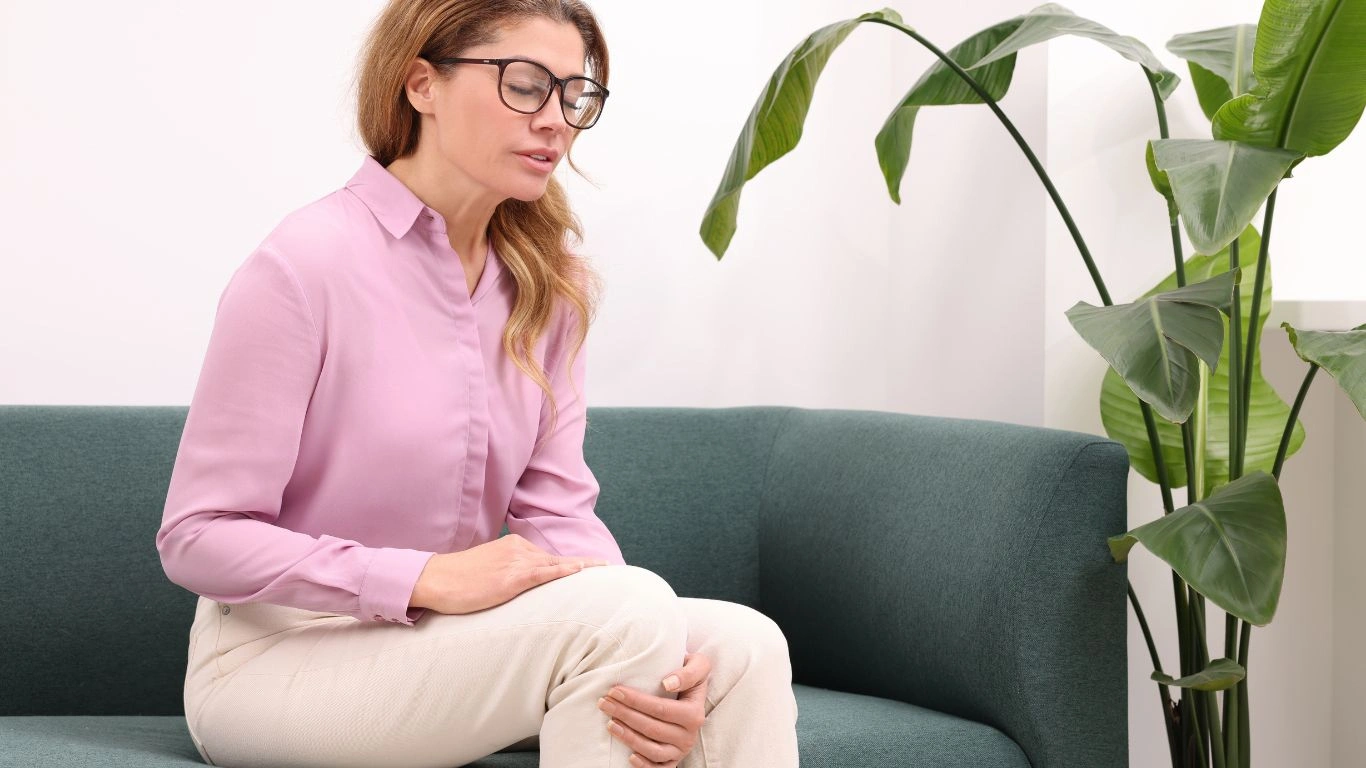
Rheumatoid arthritis (RA) isn’t just about joint pain — it’s like your own immune system throwing a never-ending tantrum against your joints. Over time, this constant inflammation can wear down cartilage and even bone, leading to some serious mobility issues. I’ve had patients tell me, “It’s not just the pain, Tarra. It’s feeling like I can’t trust my own body anymore.” And honestly? That always sticks with me.
Everyday movements like getting out of bed, walking down the stairs, or even holding a coffee mug can feel like climbing a mountain. That’s why finding the best mobility aids isn’t a luxury — it’s a downright necessity for living life on your terms.
Why Choosing the Right Mobility Aid Matters

If I had a dollar for every time someone said, “I don’t want to look old using a cane,” I could probably retire early. But here’s the thing — the right mobility aid isn’t about appearances; it’s about independence. Plus, today’s aids are sleeker, smarter, and way less clunky than what you might picture.
Mobility aids reduce joint strain, prevent falls (huge deal with RA), and actually help preserve energy — which is like gold when fatigue hits. Choosing the wrong aid, or none at all, can lead to worse joint damage, more pain, and honestly? A lot more frustration. I’ve seen patients blossom once they found the right fit, going from being stuck indoors to traveling, gardening, even dancing again. True story!
Top Benefits of Using Mobility Aids for Rheumatoid Arthritis
- Reduced Pain: Supports joints and lessens the load on inflamed areas.
- Better Balance: Especially important when RA affects your hips, knees, or ankles.
- Energy Conservation: Less physical strain means more energy for things you love.
- Fall Prevention: Keeps you steady, especially during flare-ups.
- Improved Confidence: Moving with less pain and fear is a total mood booster.
Best Mobility Aids for Daily Life with Rheumatoid Arthritis
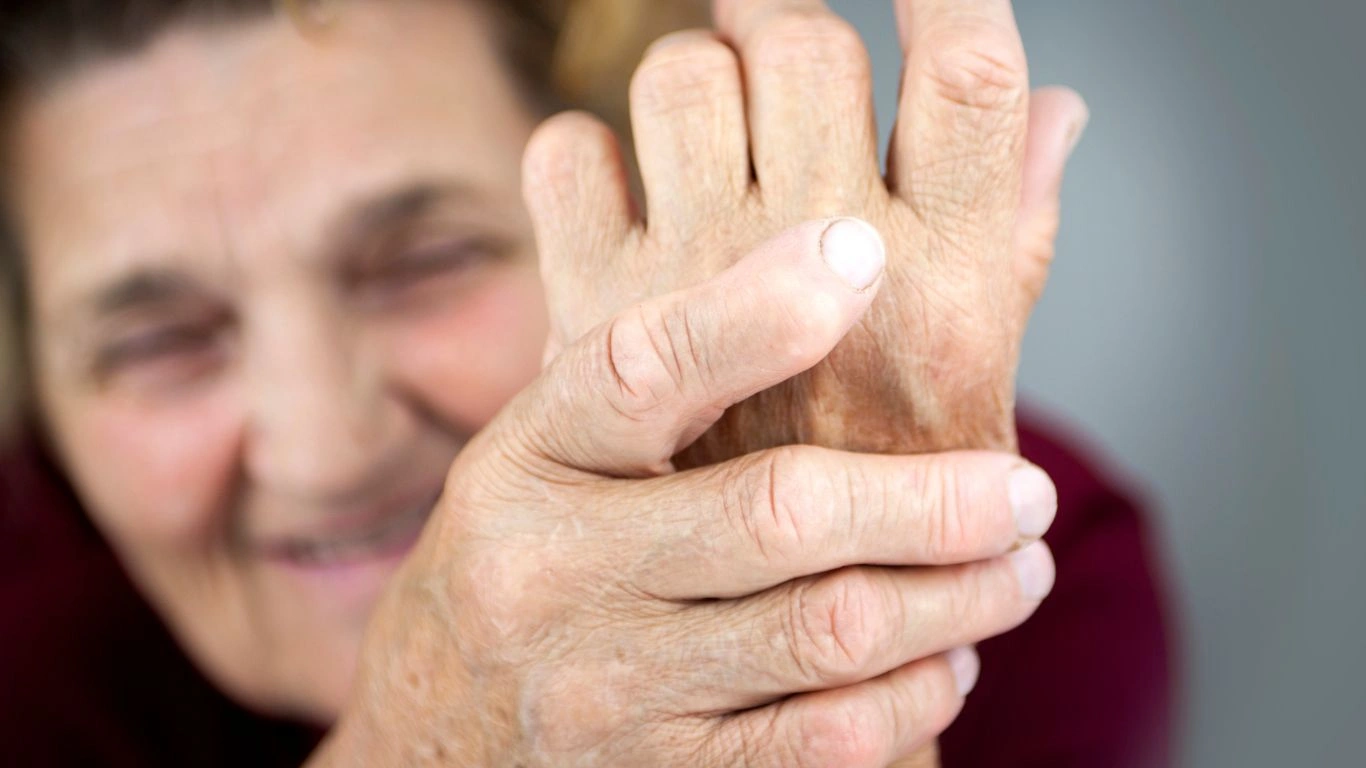
There’s no one-size-fits-all answer here. What works wonders for one person might not click for another. Based on what I’ve seen and recommended over the years, here are some of the best mobility aids to consider if you’re living with RA:
1. Canes: Your Lightweight Lifesaver
When people think “mobility aid,” canes usually come to mind first — and for good reason. A properly fitted cane can take just enough pressure off an aching joint to make a huge difference. I always tell my patients: Don’t just grab any cane off the rack. You want one that’s adjustable, has a comfy grip (ergonomic handles are a blessing), and ideally, a non-slip rubber tip.
2. Rollator Walkers: Freedom on Wheels
These aren’t your grandma’s walkers. Rollators have wheels, brakes, and even built-in seats. Seriously, I had one patient who called her rollator her “Cadillac.” Great for those who need a bit more support but don’t want to feel slowed down. Plus, being able to sit whenever you need? Game. Changer.
3. Grabbers and Reachers: Save Those Joints!
Honestly, I think everyone with RA should own at least two grabbers — one for upstairs, one for downstairs. These nifty tools let you pick things up, pull curtains, grab clothes out of the dryer, without stressing your wrists or knees. Small tool, massive impact on daily energy levels.
4. Specialized Gloves and Braces
Compression gloves can keep your fingers warm and decrease swelling, which makes fine motor tasks way less painful. Joint braces for knees, wrists, and ankles are also incredibly helpful during flare-ups. I had one patient who swore her knee brace helped her attend her granddaughter’s wedding — she even danced a little!
5. Portable Seat Canes
Ever go somewhere, and suddenly standing becomes agony? A seat cane lets you flip out a little seat anytime, anywhere. Ideal for outings like farmers markets, museums, or long lines at the DMV (because those lines are brutal).
- Pick aids that fit your lifestyle — active or homebody, there’s something for everyone.
- Always get professionally fitted if possible — even minor height adjustments matter.
- Focus on ergonomic designs to protect delicate joints.
Other Helpful Mobility Aids That Often Fly Under the Radar
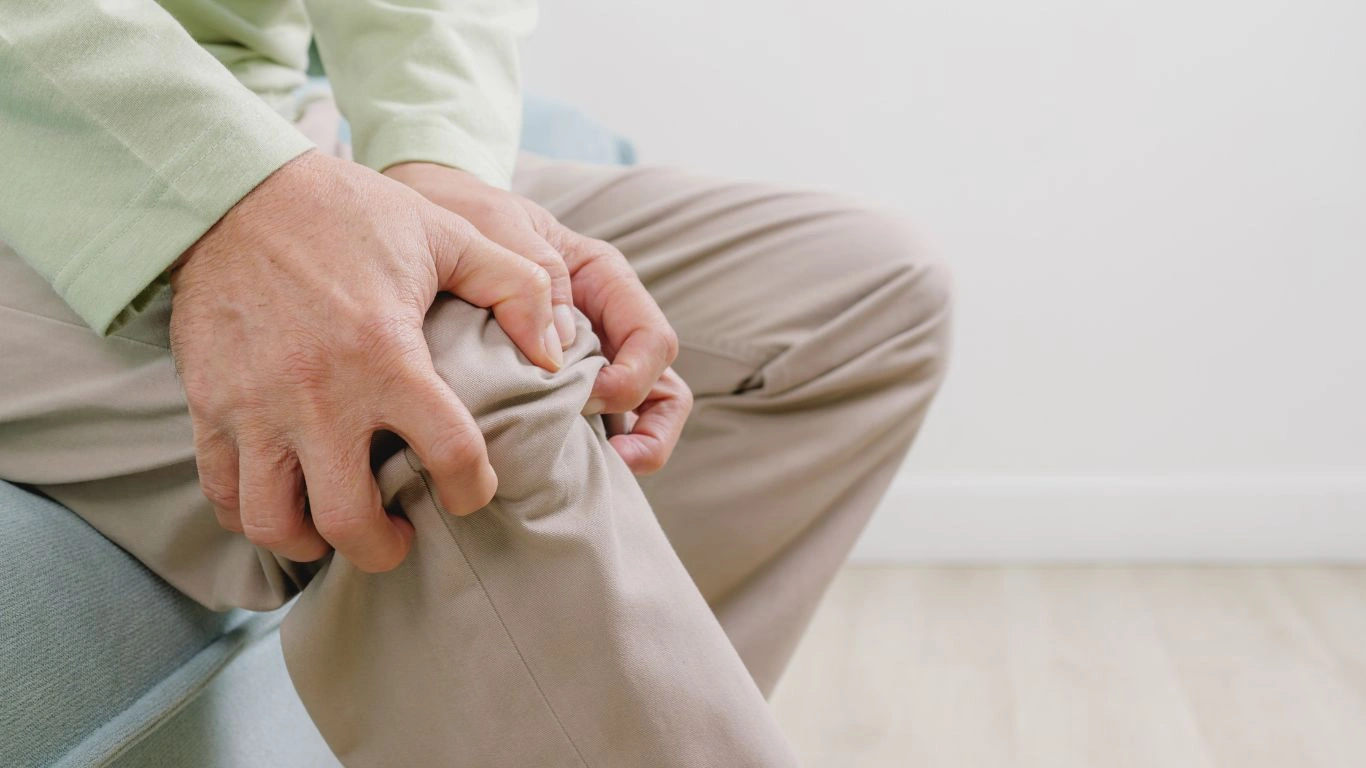
When most people think about rheumatoid arthritis and best mobility aids for daily life, they picture canes and walkers — but let me tell you, there’s a whole world of other tools out there that can make a massive difference. In my practice, I love introducing patients to the “hidden gems” — the lesser-known aids that quietly change lives.
1. Sock Aids and Dressing Tools
Trying to pull on socks or button shirts when your hands are flaring? It’s like wrestling an octopus. That’s where sock aids and button hooks come in. They’re simple but pure genius. I had one patient tell me that using a sock aid shaved 10 minutes off her morning routine — and spared her a lot of pain and frustration.
2. Raised Toilet Seats and Shower Chairs
Look, it’s not glamorous, but bathroom safety is huge. Stiff joints and slippery floors are a bad combo. Installing a raised toilet seat or adding a sturdy shower chair can keep you independent longer. One lovely older gentleman I worked with said his shower chair gave him “the dignity of not having to ask for help,” and that stuck with me.
3. Electric Jar Openers and Adaptive Kitchen Tools
If you’ve ever tried to open a jar during an RA flare, you know it feels like the jar is winning the battle. Electric openers, adaptive knives with special grips, and easy-to-use peelers can make cooking feel possible again. And as a bonus? They save your energy for the fun parts — like eating!
What to Look for When Choosing Mobility Aids
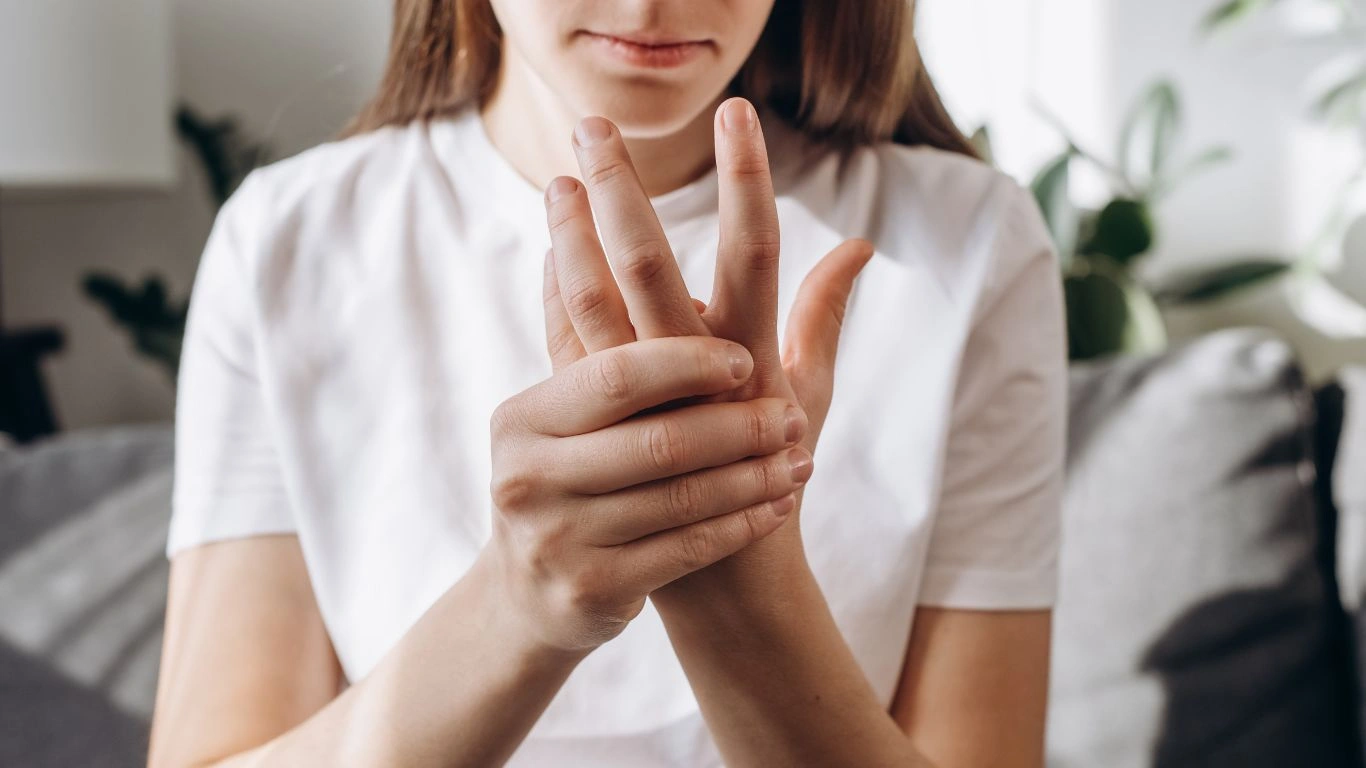
Picking out a mobility aid isn’t just about grabbing the first thing you see online. (Although, with how tempting those “fast shipping” buttons are these days, I get it.) It’s about choosing something that fits you — your body, your lifestyle, your specific challenges.
- Prioritize Comfort: Whether it’s a walker or a wrist brace, it needs to feel good, not just look good.
- Think About Adjustability: Your needs may change, especially with a condition like RA that ebbs and flows. Adjustable height, flexible grips, and multi-use designs are lifesavers.
- Lightweight but Durable: You want sturdy enough for support, but not so heavy you feel like you’re dragging an anchor around.
- Ease of Use: If it takes a college degree to figure out, skip it. Your mobility aid should make life simpler, not more complicated.
One thing I always encourage: if you can, try before you buy! Medical supply stores often let you “test drive” devices. And don’t be shy about asking your doctor, physical therapist, or your friendly neighborhood Rheumatology Nurse Practitioner (hi, that’s me!) for guidance. We’re here to help you find the best fit.
Common Mistakes to Avoid When Using Mobility Aids

I’ve seen a few oopsies over the years — no judgment, of course! But here are some common missteps I always caution about:
1. Not Adjusting the Height Properly
Whether it’s a cane, walker, or even a seat, if it’s not at the right height, you can end up with back pain, shoulder strain, or even falls. Always adjust it to match your natural posture. If you’re hunched over, something needs fixing.
2. Using a Device Past Its Prime
Those rubber tips on canes? They wear out, and suddenly you’re skating instead of walking. Check your equipment regularly for wear and tear. I tell my patients: if your device looks sketchy, it probably is.
3. Skipping Training or Instructions
This is a biggie. Using a mobility aid incorrectly can sometimes be worse than not using one at all. Many physical therapy clinics offer quick lessons, and believe me, those 15 minutes are worth their weight in gold.
4. Being Too Embarrassed to Use Them
I get it — nobody wants to feel “old” or “fragile.” But leaning on the right tools is a sign of strength, not weakness. I always remind folks that mobility aids are about empowerment. Nothing is cooler than living your life fully, whatever that looks like for you.
Making Life Easier Beyond Mobility Aids
While rheumatoid arthritis and best mobility aids for daily life is a huge topic, I always like to point out that true support doesn’t end there. Little home adjustments can go a long way too.
Here are a few bonus tips I love sharing:
- Install Lever-Style Door Handles: Easier on sore fingers than traditional round knobs.
- Use Voice-Activated Tech: Smart lights, thermostats, and even coffee makers you can control by talking are total game-changers during a flare.
- Declutter High Traffic Areas: Clear paths mean fewer trips and stumbles — plus less energy spent maneuvering around obstacles.
- Invest in a Good Mattress and Recliner: Rest is crucial for RA, and a cozy setup helps your body recover faster after busy days.
I’ve helped many patients tweak their homes just a little — and the relief on their faces when simple things became manageable again? That’s why I love what I do.
Adapting to Life with Rheumatoid Arthritis: Small Changes, Big Impact
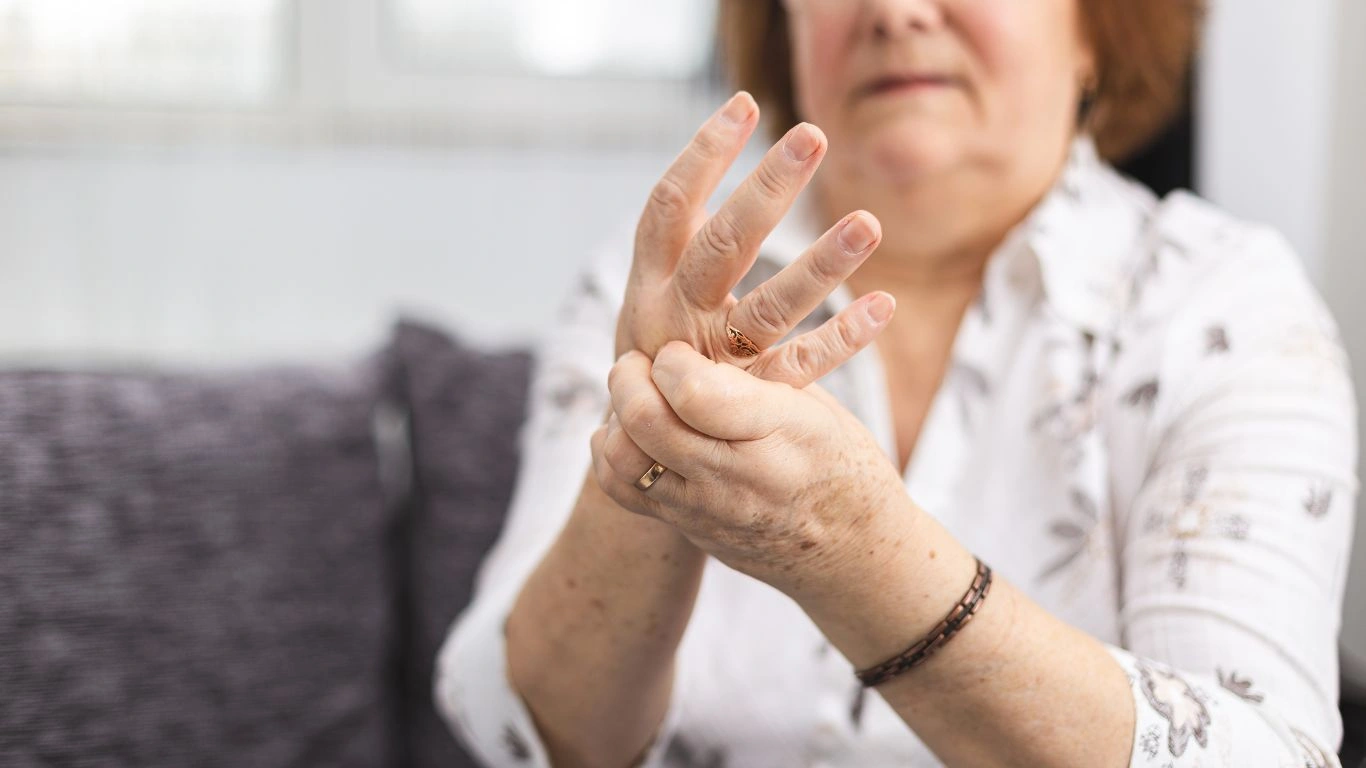
Living with rheumatoid arthritis (RA) doesn’t just mean using mobility aids — it also means making thoughtful adjustments to the way you approach everyday life. Over the years, I’ve seen patients transform their daily routines by simply making a few small changes. And while these changes may seem minor, the difference they can make in how you feel is huge.
1. Prioritizing Rest and Self-Care
One thing I’ve seen time and time again is that many people with RA tend to push themselves too hard, thinking that staying busy will keep them from “feeling old” or “giving in.” Trust me, I get it. But sometimes, the best thing you can do for your body is rest. You wouldn’t believe how many patients I’ve worked with who didn’t understand how much energy conservation could help them manage their symptoms better.
I recommend setting up regular “rest breaks” throughout your day. It might sound too simple, but it really works. Taking five minutes here and there to sit, stretch, and regroup makes a big difference. And yes, I’ve seen people thrive on naps — it’s not about being lazy; it’s about giving your body what it needs to function optimally.
2. Keeping a Consistent Exercise Routine
Now, I know what you’re thinking: “Exercise? With my joints feeling like this?” I hear you, and I’ve heard this from so many patients. But here’s the thing: gentle movement is actually one of the best things you can do for your joints. Swimming, biking, or even walking (yes, walking!) can help keep your muscles strong and your joints mobile. And don’t forget about stretching — it works wonders for easing stiffness!
But here’s the twist — it doesn’t have to be intense. In fact, overdoing it can be a mistake. My advice: focus on low-impact exercises that don’t put too much pressure on your joints. And always listen to your body. If something hurts, stop. Your body will thank you.
3. Managing Stress and Mental Health
RA isn’t just a physical condition. It can have a massive impact on mental health, too. The chronic pain, the frustration of not being able to do what you used to, and the unpredictability of flare-ups can take a toll on your mood. That’s why I always emphasize the importance of stress management and mental health care.
I personally recommend exploring relaxation techniques like meditation, mindfulness, and deep breathing exercises. One of my patients started doing five minutes of deep breathing every morning and saw a big reduction in stress and pain levels. Another patient found yoga to be a lifesaver — not only for the physical benefits but also for mental clarity. Seriously, mental health and physical health are so connected in RA. Prioritizing your mental well-being is just as important as taking care of your joints.
When to Seek Professional Help with RA and Mobility Aids
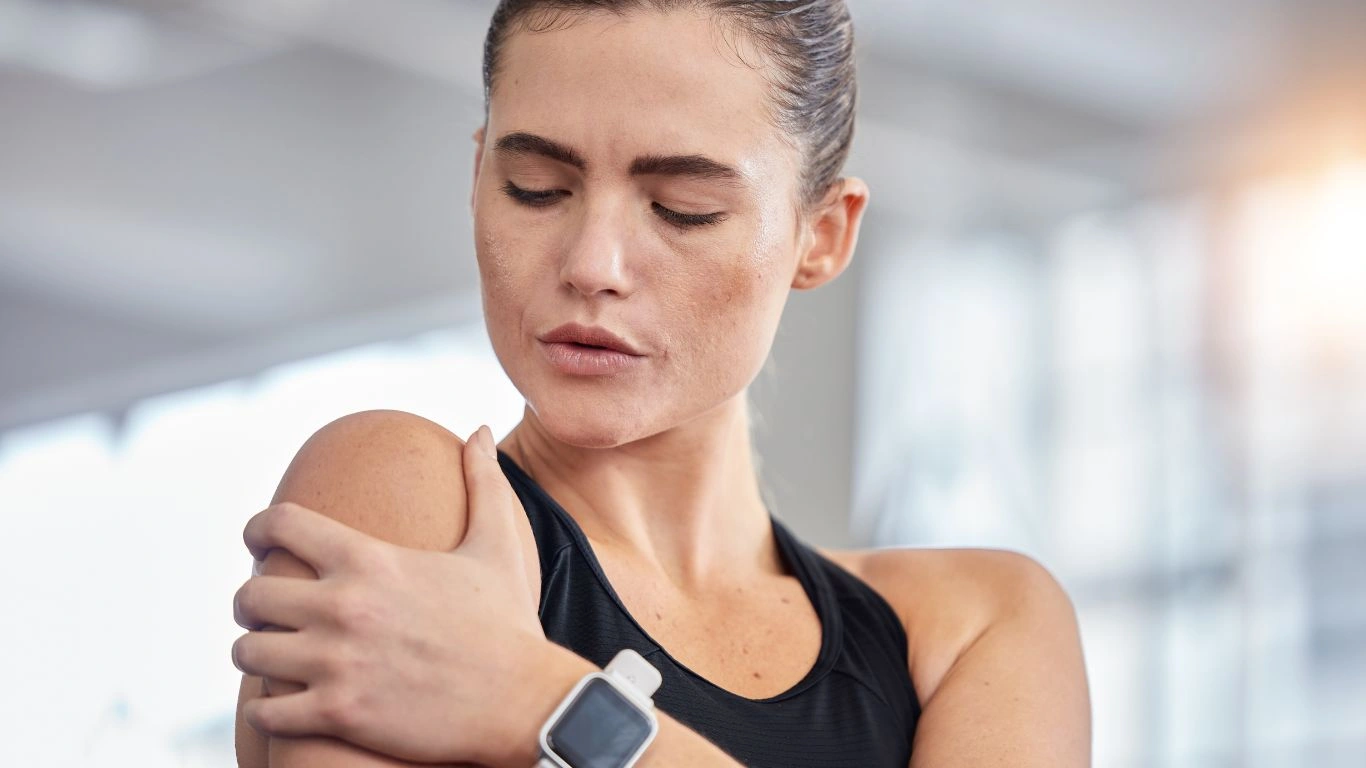
While the right mobility aids and lifestyle changes can go a long way in managing rheumatoid arthritis, there comes a point when you need more than just tools and tips. If you’re finding it difficult to cope, it’s important to reach out for professional help. This could mean seeing your rheumatologist, physical therapist, or even a mental health professional who specializes in chronic illness.
As someone who works with RA patients daily, I’ve seen firsthand how critical it is to stay proactive in your care. Not only will early intervention help prevent complications, but it can also improve your quality of life. If you’re unsure about what aid to use or how to adjust your routine, your healthcare team is your best resource. They’ll help you figure out what works for you.
4. Regular Check-ups and Medication Management
Medications are a huge part of managing RA. While there’s no cure, disease-modifying antirheumatic drugs (DMARDs) can help reduce the inflammation that causes pain and damage to your joints. If you’re not seeing the results you’d like, it might be time to talk to your doctor about adjusting your treatment plan. Regular check-ups with your rheumatologist are essential to make sure everything is on track. Don’t be afraid to speak up if something doesn’t feel right!
Also, don’t forget about non-medical options like physical therapy. It’s been a game-changer for many of my patients. A physical therapist can tailor an exercise program that’s specifically designed for your needs — helping to build strength, improve joint function, and reduce pain.
5. Mental Health Support: More Than Just Talk
As I mentioned earlier, living with a chronic condition like RA can mess with your mental well-being. The pain, the uncertainty, and the struggle to keep going every day can lead to anxiety, depression, and feelings of isolation. If you’re finding it difficult to cope, talking to a therapist or counselor can provide invaluable support. It’s not about “just getting over it.” It’s about building a solid support system to help you manage the emotional ups and downs.
Final Thoughts: Embrace the Journey
In my experience, living with rheumatoid arthritis is not a sprint — it’s a marathon. And like any long-distance journey, it requires patience, flexibility, and a bit of help along the way. But with the right tools, resources, and mindset, it’s completely possible to lead a fulfilling life with RA.
The key takeaway? You don’t have to do it alone. There are so many amazing mobility aids out there to help you regain independence, and your healthcare team is always there to support you. From the right physical aids to stress-reducing techniques, you’ve got a wealth of options at your fingertips. It’s all about finding what works best for you — and embracing that, no matter how many ups and downs come along the way.
Remember, RA doesn’t define you. You’re more than your diagnosis, and with the right tools and strategies, you can continue to live your best life.
Disclaimer
The information provided in this article is for educational purposes only and should not be taken as medical advice. Always consult your healthcare provider for advice regarding your specific condition and treatment plan.
For more information about rheumatoid arthritis and managing mobility aids, check out resources like Health.com and the National Institutes of Health (NIH).

Tarra Nugroho is a dedicated Nurse Practitioner with a strong foundation in family and preventive care. She brings both compassion and clinical expertise to her practice, focusing on patient-centered care and health education. As a contributor to Healthusias.com, Tarra translates medical knowledge into clear, empowering articles on topics like women’s health, chronic disease management, and lifestyle medicine. Her mission is simple: help people feel seen, heard, and informed—both in the clinic and through the content she creates. When she’s not caring for patients, Tarra enjoys weekend hikes, plant-based cooking, and curling up with a good health podcast.
